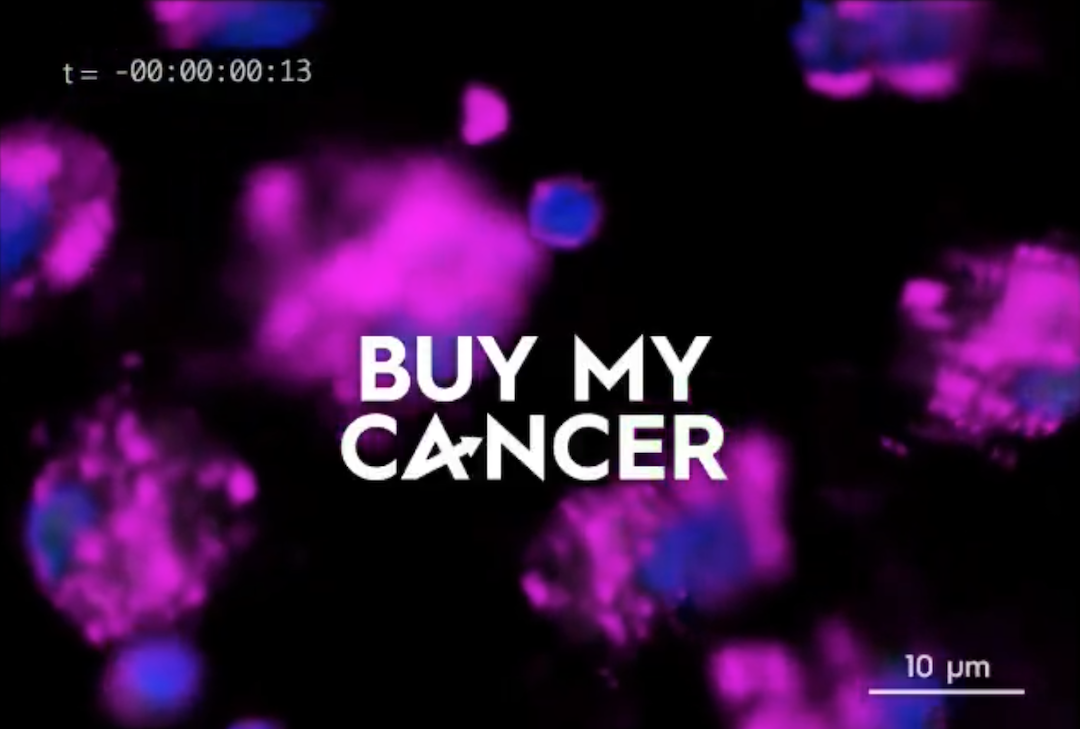You Can Now Buy Real Cancer Cells As NFTs To Save A Patient’s Life
By Mikelle Leow, 10 Jun 2022

Video screenshot via VAST
If you think your NFT-collecting hobby has been self-serving so far, a radical new project based on patients’ real cancer cells might prompt you to reevaluate. A group of cancer specialists has teamed up to create the Buy My Cancer series, which comprises microscopic images of living cancer cells that have been transformed into non-fungible token artworks, to help cover treatment costs for patients.
Buy My Cancer is the brainchild between the Alivia Oncology Foundation and the Maria Sklodowska-Curie National Research Institute of Oncology, Professors Sebastian Giebel and Jacek Jassem, as well as advertising agency Ogilvy. Each launch will feature the cancer cells of one patient, paired with the style of a different artist.
What if a patient's cancer could fund their cure?
— Ogilvy (@Ogilvy) June 2, 2022
"Buy My Cancer" – the first #NFT art series made of real living cancer cells to fund treatment for those suffering from cancer – drops June 9th.
Learn more at https://t.co/y5HKOGNkZ1@TheGivingBlock @VAST_app @fundacja_alivia pic.twitter.com/s5BLLmGM3A
The first round, now available on NFT marketplaces VAST and OpenSea, centers around Jakub Burnos—a student at the AGH University of Science and Technology in Krakow who is currently enduring aggressive lymphoma.
In this edition, the living cells from Burnos’ body were photographed through a confocal microscope, before being creatively interpreted by Polish artist SWANSKI.
Funds raised from the project will be donated to the Alivia Cancer Foundation and help pay for the patient’s CAR-T cells therapy, a highly effective treatment and, oftentimes, the last chance for patients with rare blood cancers.
CAR-T immunotherapy is a fairly new treatment that edits the patient’s immune cells to identify and kill cancer cells in the body. Whereas other therapies haven’t been so successful, CAR-T has been found to have a lasting remission rate of up to 40%, with no additional treatment needed.
With that being said, CAR-T therapy is also very expensive and can go for as much as US$475,000 per patient. That’s why the cancer foundations are turning to the potentially lucrative world of NFTs to help eligible patients recover from cancer.
After the first edition, new patients, artists, and scientists will be nominated to work on the subsequent collections.





